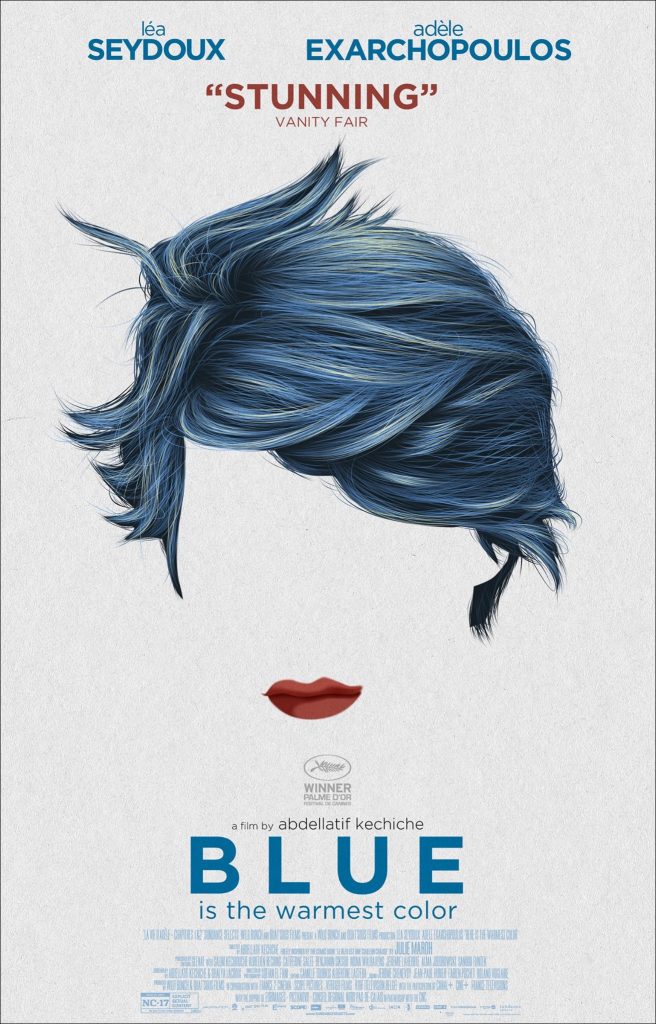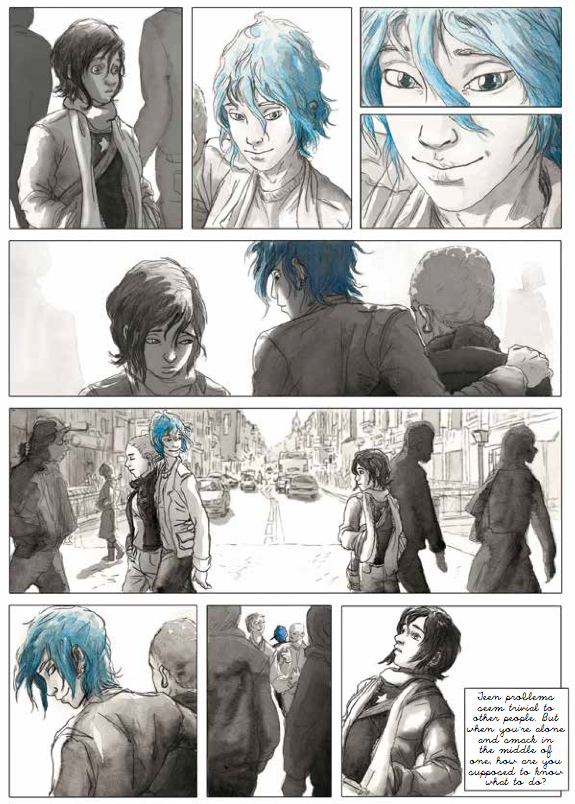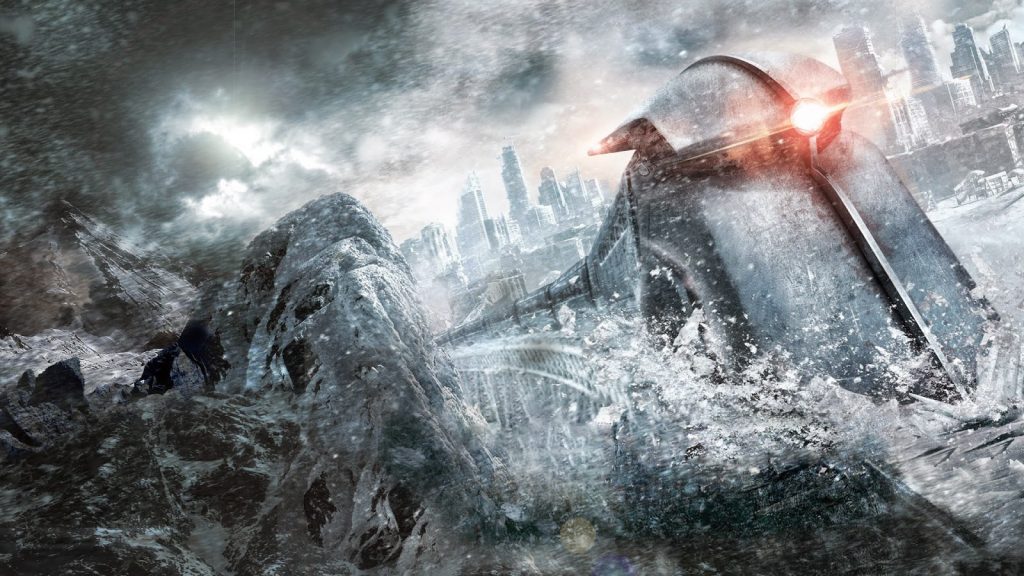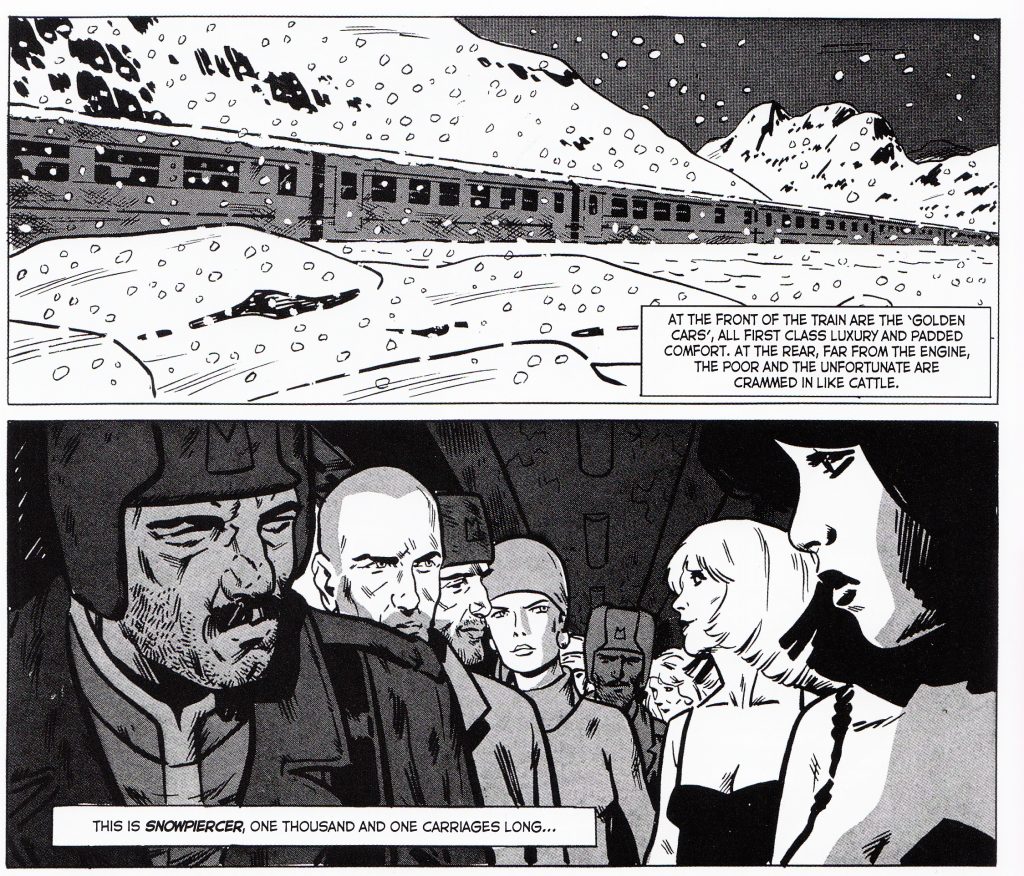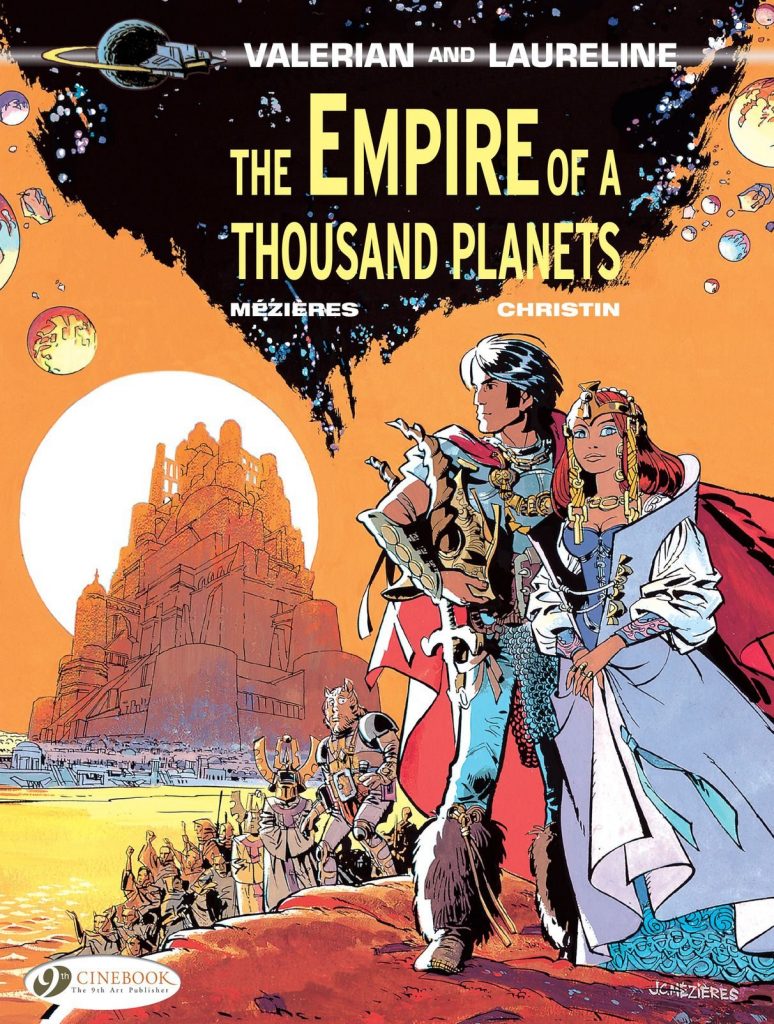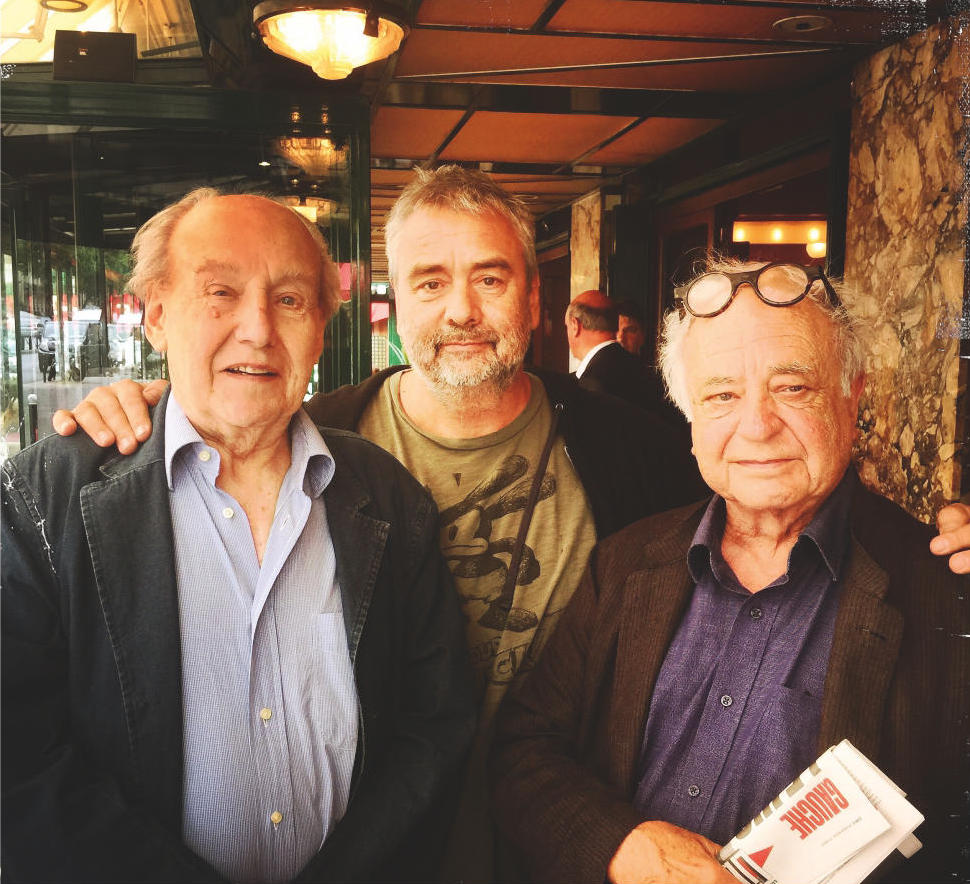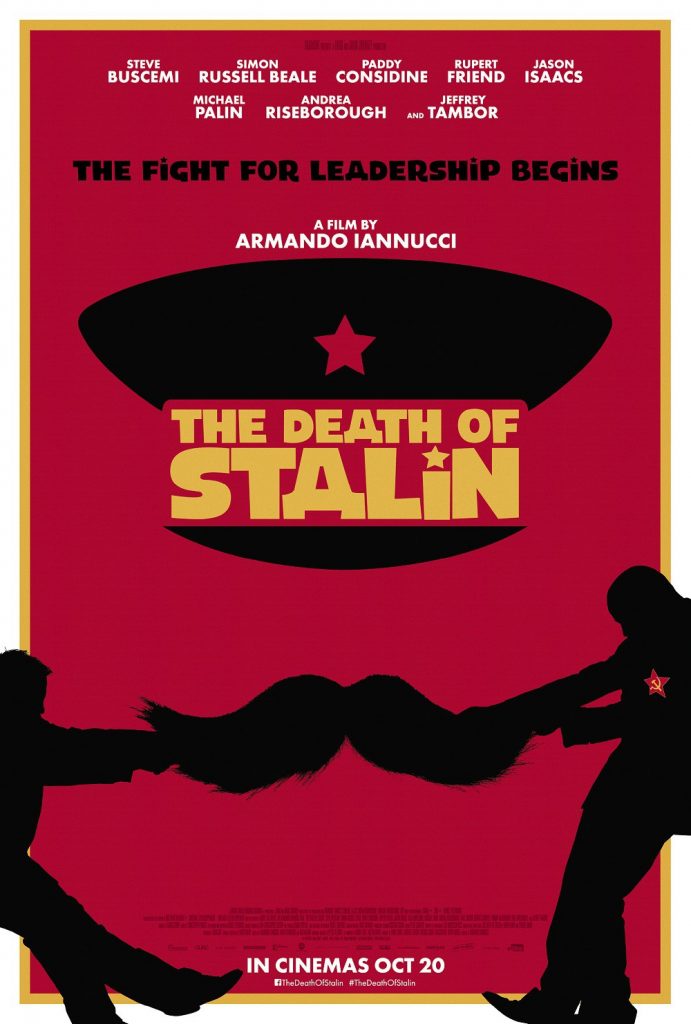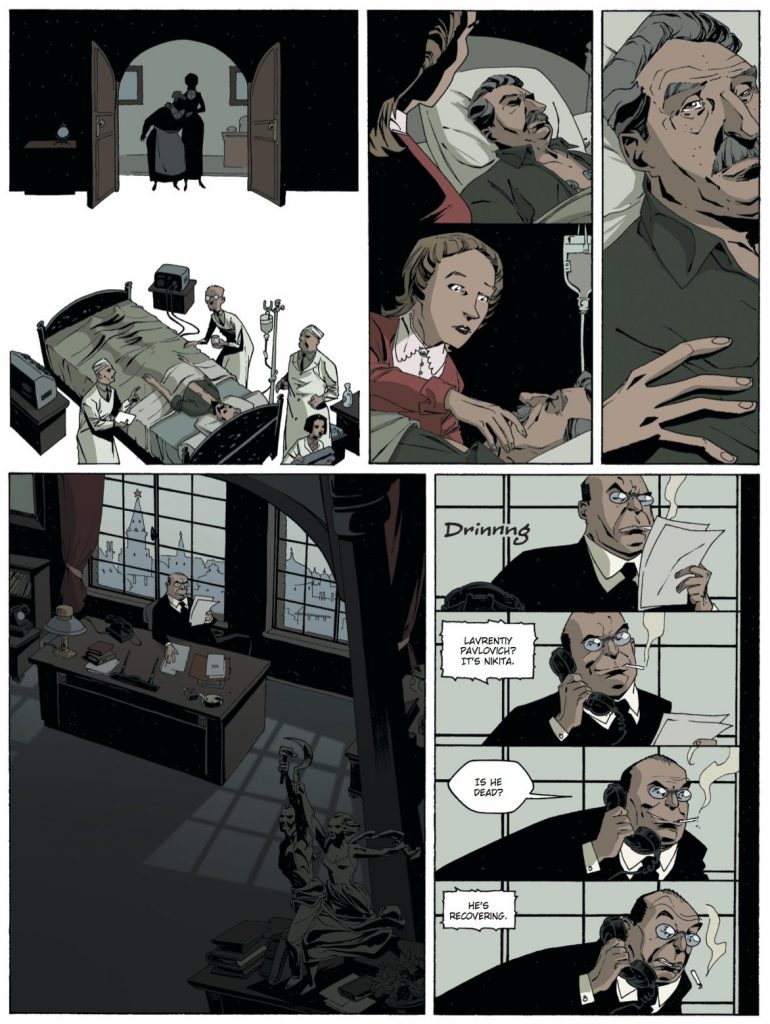In the midst of a superhero explosion at movie theaters around the world, we think it’s high time to branch out and try something new. Fortunately, we’re not alone! Below, we offer the second part of our mini-series on some of the most notable feature-length films inspired by European comics and graphic novels. Lights, camera, action!
BLUE IS THE WARMEST COLOR
Author: Julie Maroh
Publisher: Glénat. English language edition: Arsenal Pulp Press
Movie Director: Abdellatif Kechiche
Set in France in the late 1990s, this New York Times bestseller is a bittersweet love story about two young women, sexual communion, and the troubles of emerging homosexuality. The plot evokes themes of rebellion, the force of desire, love and heartbreak. Julie Maroh started working on the comic when she was only 19 years old. It took her five years to complete, and was published by Glénat in 2010.
Although Maroh herself is gay, the story is not autobiographical. Rather than zooming in on her own experience, she intended her work to be representative of the LGBT community as a whole. However, the graphic novel wasn’t aimed at an exclusively LGBT audience — Maroh’s intention was to foster understanding and empathy for the struggles of this community.
Abdellatif Kechiche’s 2013 movie adaptation received a standing ovation at its premiere, thundering critical acclaim and several awards. It was the first graphic novel adaptation ever to win the Palme d’Or at Cannes, which was presented to Mr. Kechiche and the two leading ladies by the jury (led by Steven Spielberg) just hours after thousands of Parisians took to the streets in protest against a new law allowing same-sex marriage and adoption.
However, with the praise also came a lot of controversy about the movie’s borderline pornographic depiction of sexuality. Maroh herself, through her website (in French), said she found most of the film’s sexual images to be “a brutal and surgical display, exuberant and cold, of so-called lesbian sex, which turned into porn, and made me very ill at ease.” She puts this down to the fact that neither of the main protagonists nor the director are gay, resulting in an unconvincing portrayal of lesbian sex that panders to male fantasy, the idealization of naked female bodies, and the almost mystical sanctification of the female orgasm. Mr. Kechiche declined to respond to comments.
Léa Seydoux was chosen for the role of Emma ten months before filming started. Kechiche reportedly decided on Adèle Exarchopoulos for the role of Adèle after watching her eat a lemon tart. Unfortunately, things didn’t turn out very amicably, with both cast and crew reporting harsh working conditions, a difficult atmosphere and moral harassment.
Criticism aside, both book and film are generally acknowledged as extremely valuable additions to the small subgenre of stories about women, and particularly women who defy social expectations.
SNOWPIERCER
Authors: Jacques Lob and Jean-Marc Rochette
Publisher: Casterman. English language publisher: Titan
Movie director: Bong Joon-ho
Now a successful blockbuster, the film Snowpiercer started out as a chilling post-apocalyptic graphic novel created by Jacques Lob and Jean-Marc Rochette. The four books were published over a 30-year period with three different writers. The first came out in 1982, at the height of the global recession and the dawn of Thatcherism and Reaganomics. Decades after the publication of the first book, the main issues of class division and climate change are as topical today as they were in the ’80s. The story charts the regression of a society in crisis, as it sinks to the darkest depths of humanity.
The pitch: an environmental catastrophe induces an ice age, and all that remains of the human race now lives in a 1001-car train that circles the globe. They call it the Snowpiercer. The train’s passengers are arranged by wealth and class. In this bizarre classist dystopia, the two main characters work their way up the train from back to front. The train is both safe-haven and prison, allowing life on an uninhabitable Earth, albeit a life of squalor and depravity, conspiracy and corruption.
Korean director Bong Joon-ho stumbled across the graphic novel in a bookshop, and proceeded to read the whole thing right there by the bookshelf. Fascinated by the concept and reveling in the grungy conventions of the post-apocalyptic genre, he decided to adapt it to cinema, although he drastically altered the plot and characters. The movie was released in Korea in 2013, and in the US a year later. It was Bong’s first English language film. On a budget of $42 million, it is the most expensive Korean production to this day, thanks in large part to the glowing cast, including Chris Evans, Tilda Swinton (whose character was originally supposed to be a man), John Hurt and Ed Harris.
Upon its release in the US, Bong’s epic received universal critical acclaim, appearing on numerous critics’ top 10 film lists of 2014 and winning awards all over. But they’d worked for it — the production team had to trawl Europe for months looking for a studio big enough to fit four train cars into it, eventually settling on one in the Czech Republic. The set was over 500 meters long, and they contrived perpetual movement by sitting the train cars on a giant gyroscopic gimbal. Needless to say, there were a few bouts of travel-sickness on set.
Rochette was pleased with the result and reportedly saw it five times in the cinema. But then again, perhaps he was just admiring the wonderful artwork adorning the train wall. His own work, of course…!
Prompted by the film’s success, Titan created an English translation of the comic book series condensed into three volumes, published between 2014 and 2016.
VALERIAN
Authors: Jean-Claude Mézières & Pierre Christin
Publisher: Dargaud. English language publisher: Cinebook
Movie director: Luc Besson
After years of build-up, the legendary French comic book series Valerian has finally hit theaters worldwide! The blockbuster film adaptation was co-produced, written and directed by Luc Besson, the man behind The Fifth Element (1997) and Lucy (2014), with newcomers Dane DeHaan as Valerian and Cara Delevingne as Laureline, plus an all-star supporting cast of Clive Owen, Ethan Hawke, Herbie Hancock, Kris Wu, and Rutger Hauer… and even Rihanna! No prizes for guessing what Besson spent his €197 million budget on (by far the largest ever output for a French film).
These sci-fi heroes are a far cry from the usual cast of superheroes that pervades Western cinemas. Rather than the toned, spandex-clad superhero and damsel-in-distress combo, they’re a duo of highly-skilled mortals working as special operatives, in charge of maintaining order in the human territories throughout the universe. Oh, and they’re time travelers. But so is everyone in the 28th century.
The Valerian adventures are renowned for their humanism. They’re not about defeating enemies but about exploring, facing challenges, and celebrating diversity, and scriptwriter Pierre Christin has a knack for working political, environmental and feminist concerns into his narratives.
But to what extent is the film actually based on the comic books? Besson has worked closely with the authors to maintain the spirit of the original series, but it would be impossible to adapt the entire series to the big screen. Alpha, the exotic setting for the movie, doesn’t actually exist in the comics, although it is clearly based on Point Central, a vast metropolis where species from across the universe have converged over centuries to share knowledge, intelligence, and culture. Besson has confirmed that the movie is loosely based on the sixth volume of the comic series, Ambassador of the Shadows, first released in 1975 by Dargaud, and also the first volume of Valerian to be translated into English.
Be sure to catch it at your local theater!
THE DEATH OF STALIN
Authors: Fabien Nury & Thierry Robin
Publisher: Dargaud. English language publisher: Titan
Movie director: Armando Iannucci
On March 2nd 1953, Joseph Stalin had a stroke. He was declared dead two days later. This event was followed by a vicious political struggle for supreme power — a struggle that encapsulated the corruption and brutality of Soviet Russia’s totalitarian regime. The ensuing chaos plunged the entire Soviet Union into uncertainty.
Fabien Nury and Thierry Robin’s two-part graphic novel zooms in on the events of the two days between Stalin’s stroke and the declaration of his death, creating unsympathetic portraits of his power-hungry, vodka-swilling advisors. And it’s all based on fact. After all, you can’t make this stuff up…
Director Armando Iannucci, known for his biting political satire in the TV series Veep and his first feature film In the Loop, said that within minutes of starting to read this gripping graphic masterpiece he knew he wanted to get it onto the silver screen. “It has everything,” he says, “comedy, tragedy, truth, lies, life, death, bravery and cowardice.” So, the British funnyman retired from Veep (much to the chagrin of cast, crew and fans), and started out on the three-month shoot in England and Ukraine of his second feature film.
Iannucci has assembled an all-star cast for his latest project, including Steve Buscemi, Simon Russell Beale, Jason Isaacs, Michael Palin, Olga Kurylenko, Jeffrey Tambor and Rupert Friend.
The English-language edition of the graphic novel has been published by Titan this year, to coincide with the release of the movie adaptation, bringing this snow-toned, liquor-scented political saga to anglophone readership.
In theaters near you this fall!
RETURN TO PART 1
By Emma Wilson. Header image: The Death of Stalin – Chapter 2 © Nury & Robin / Dargaud
